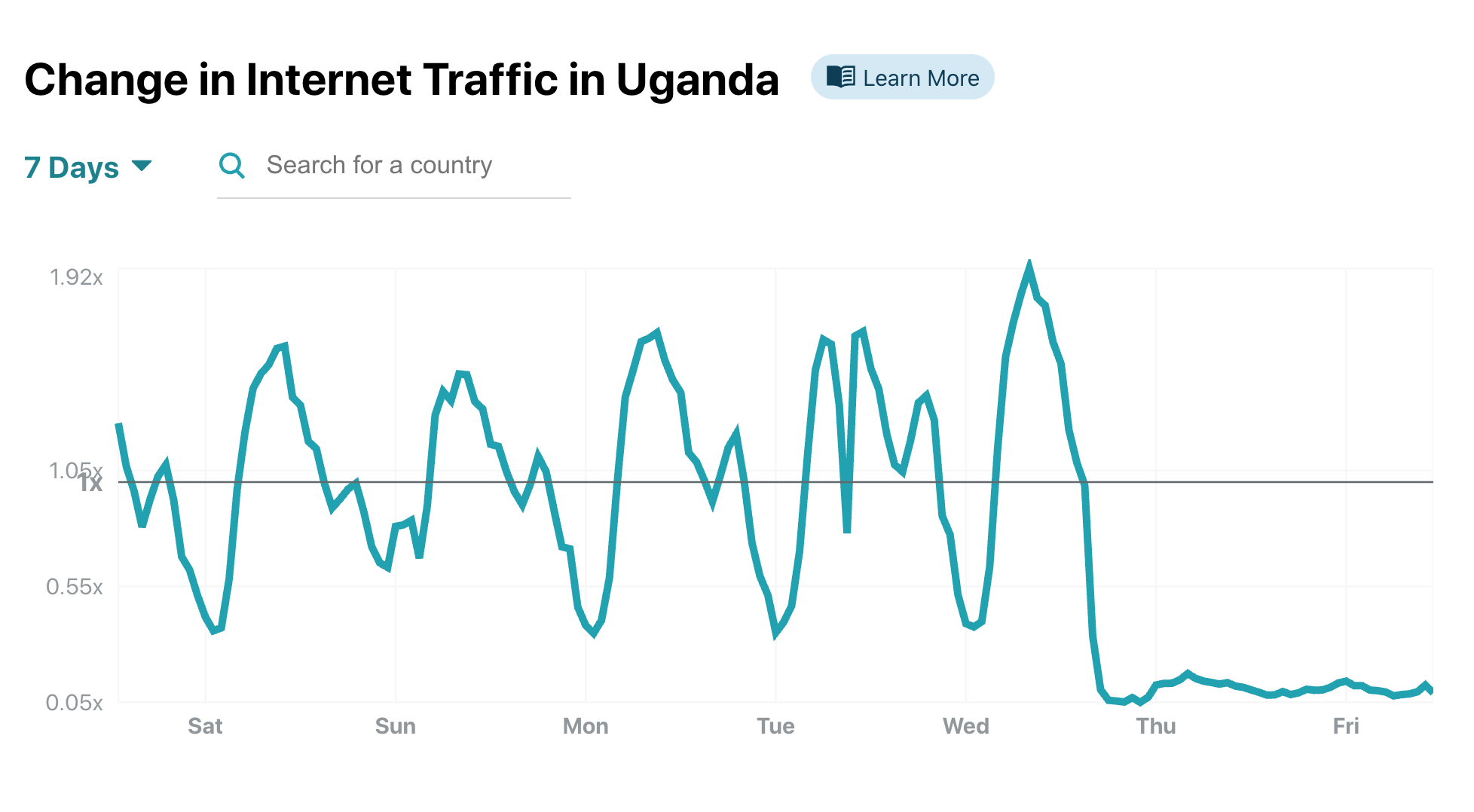Five Number Summary for Network Topologies
Introduction
You may or may not have already heard about the Five Number summary for a dataset. It’s basically a set of descriptive statistics for a given dataset, which provides an idea about the dataset. Those are:
- Minimum
- First quartile
- Median
- Third quartile
- Maximum
Similarly, there are specific statistics about topology, which gives an idea about any network topology. The ones which I think the most essential are:
- Density and Sparsity
- Average Degree
- Assortativity
- Average Path Length
- Clustering Coefficient
Sample Topology
We will be using Cogent topology, which is publicly available here to follow along with our examples. The map represents the nodes in US + Mexico, and European countries.Each node color represents a specific country.

Graphml version

You may have already noticed that in the graph, each city is represented as a Node. In reality, any city will have many routers, which will make the topology a lot bigger and more attractive. For our purposes, the current topology abstraction provides the right balance where it’s not huge to overwhelm the reader but big enough to keep things interesting.
Five Number Summary
Density and Sparsity
A Graph consists of nodes and links connecting those nodes. An obvious thing to Continue reading






